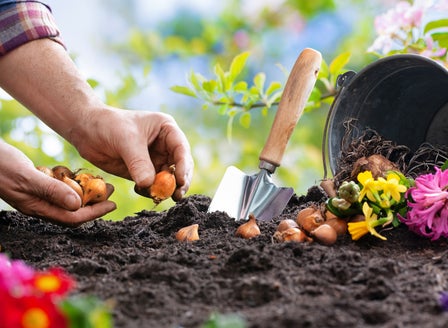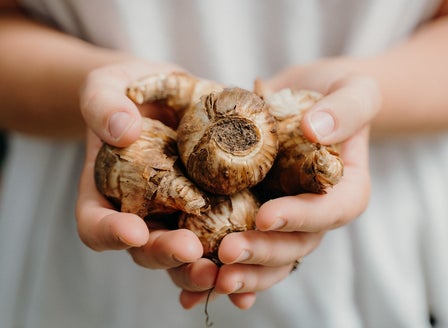One of the most popular Spring flowering bulbs, with their highly fragrant flowers and a great variety of different colours, they make a wonderful cut flower and a welcome addition to any flower garden.
Planting Calendar
Plant freesias anytime from March to late May.
Prepare
Position
Plant in full sun for best performance, with some protection from strong winds.
Soil
Plant in free draining soil, rich in organic matter. In pots plant into Kings Potting Mix. Good drainage is key as the bulbs tend to rot if the soil is too damp. Improve drainage in the garden by planting in raised beds, forking the soil and adding Kings Organic Compost and Gypsum Clay Breaker.
Plant
The general rule is to plant at a depth of twice the diameter of the bulb, however in heavier soils, plant slightly closer to the surface. It is a good idea to mark where bulbs have been planted with some sort of stake so that you don’t accidentally disturb them. Planting bulbs in a bulb basket makes it easier to lift them if you want to store them over summer. Plant the pointed part of the bulb facing up at a depth of around 6cm. Freesias can be planted as close as 5cm apart from each other and look great in mass plantings.
Care
Watering
If planted in containers, water so that the soil is kept moist, never allow the pot to sit in any water or the bulbs may rot. In the garden a good water once a week should be enough.
Feeding
Apply Kings Slow Release Bulb Food when first planting and once again after the first signs of growth. For a natural option apply Kings Sheep Pellets when planting and feed with Aquaticus Organic Garden Booster once they start to grow.
Protecting
Protect plants from slugs and snails by applying Quash slug bait.
Pruning
Regularly pick flowers and put into a vase, This will encourage more flowers production.
General Care
When using sprays, chemicals or fertilisers always read the label and follow the instructions. Apply sprays in the evening to avoid harming beneficial insects.
Beginner Tip
Most bulbs can be left in the ground for many years, and don’t need to be lifted unless they become overcrowded. If you wish to lift your bulbs, you can do so in late spring, after the foliage has died down and store them in a cool, dry and dark place.
Expert Tip
Allow the foliage to die back naturally. Bulbs draw the nutrients from the leaves and store them for next season. Removing the leaves too early may result in poor quality flowering the following year.
Tip
Regular picking of flowers with sharp scissors or secateurs encourages more flowers.
Frequently Asked Questions
How often should I water my freesias?
If planted in containers, water so that the soil is kept moist, never allow the pot to sit in any water or the bulbs may rot. In the garden a good water once a week should be enough.
When is the best time to plant freesias?
Plant freesias in late autumn to early winter (May to June) for a spring bloom.
How can I encourage more blooms on my freesias?
Provide adequate sunlight, maintain consistent moisture, and fertilise with a balanced fertiliser during the growing season to encourage more blooms.
How do I care for freesias after they bloom?
After blooming, allow the foliage to die back naturally. Reduce watering and let the bulbs dry out in the soil before lifting them for storage if desired.
How much sunlight do freesias need?
Freesias prefer full sun to partial shade. They need at least 4-6 hours of sunlight daily for optimal blooming.

